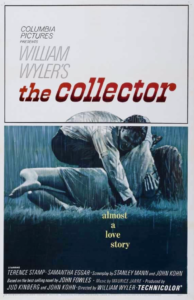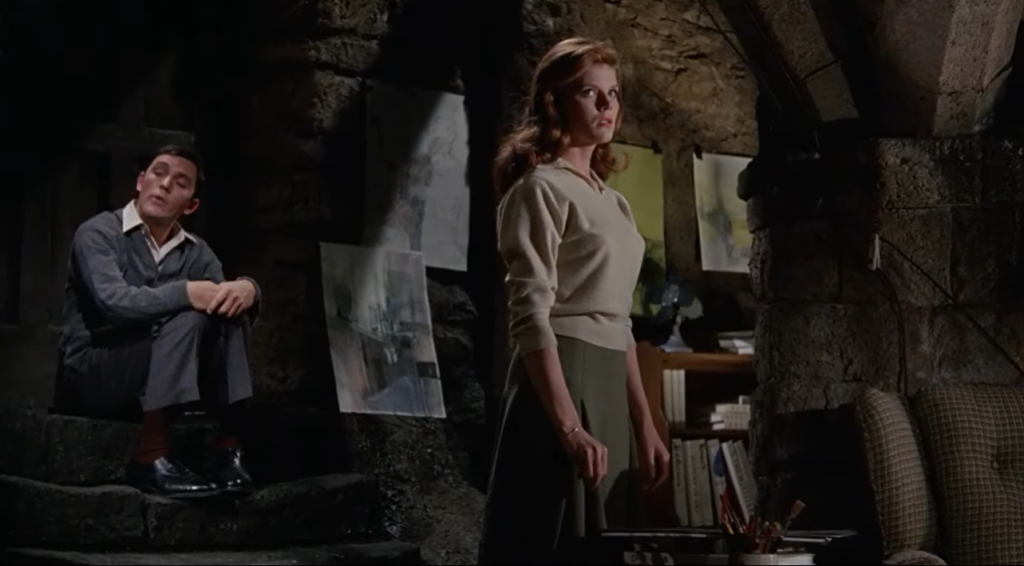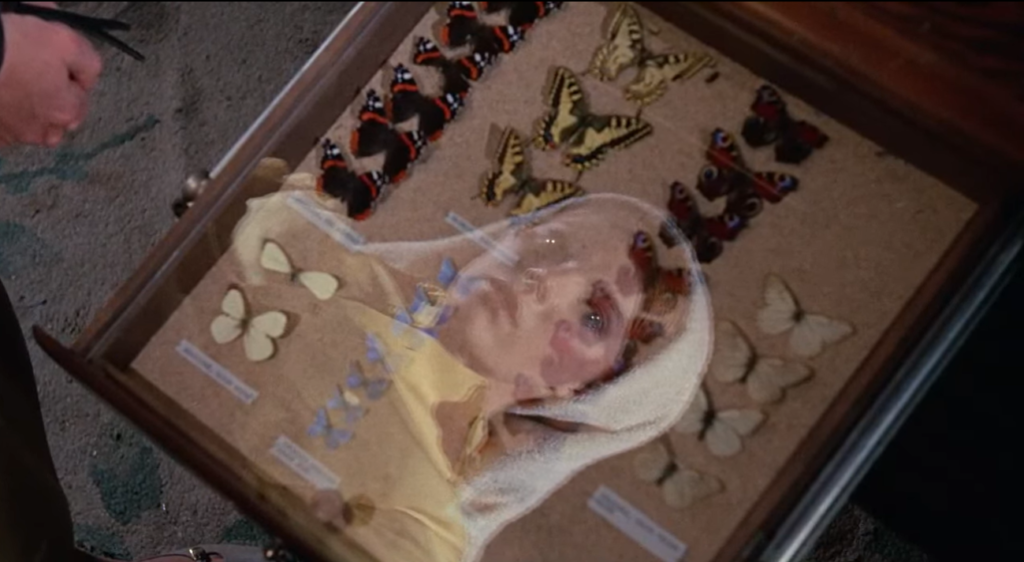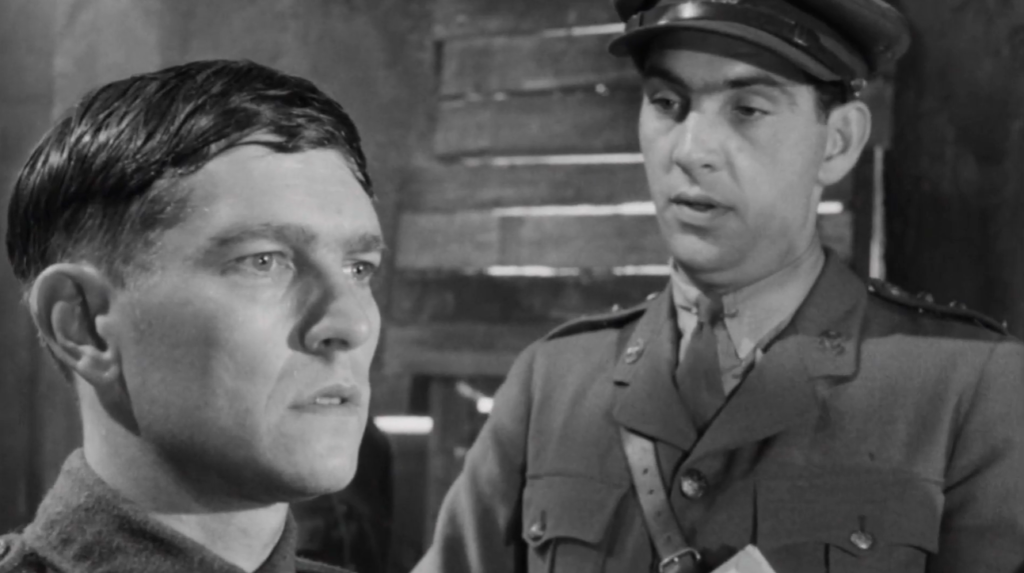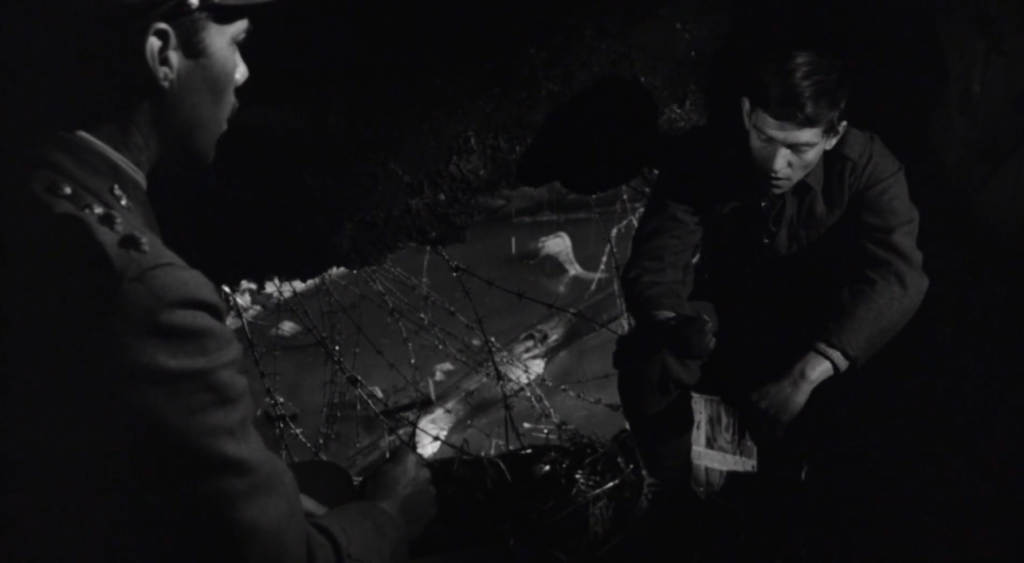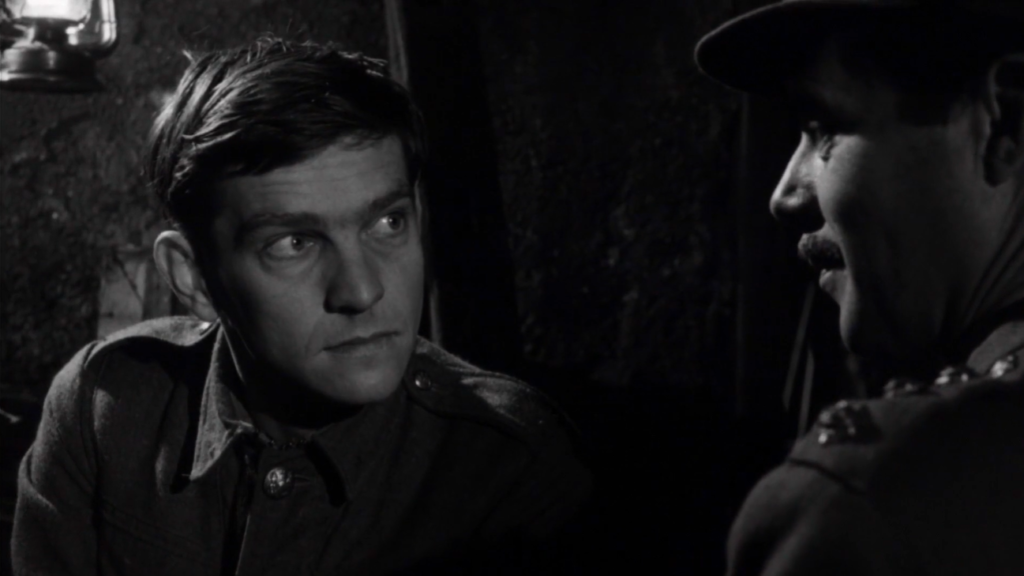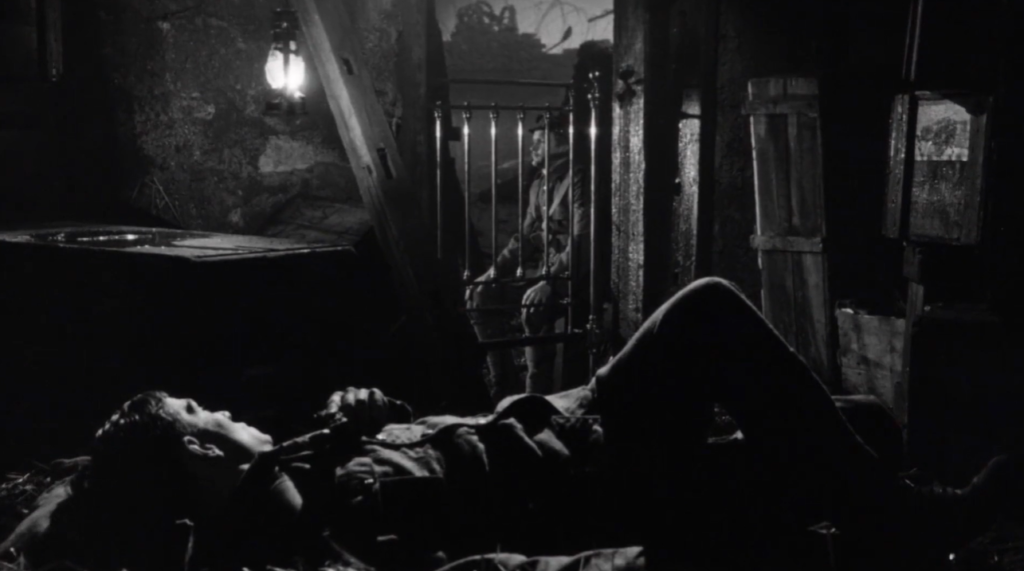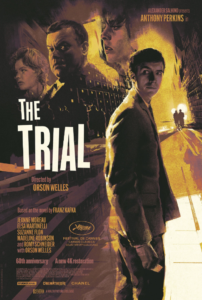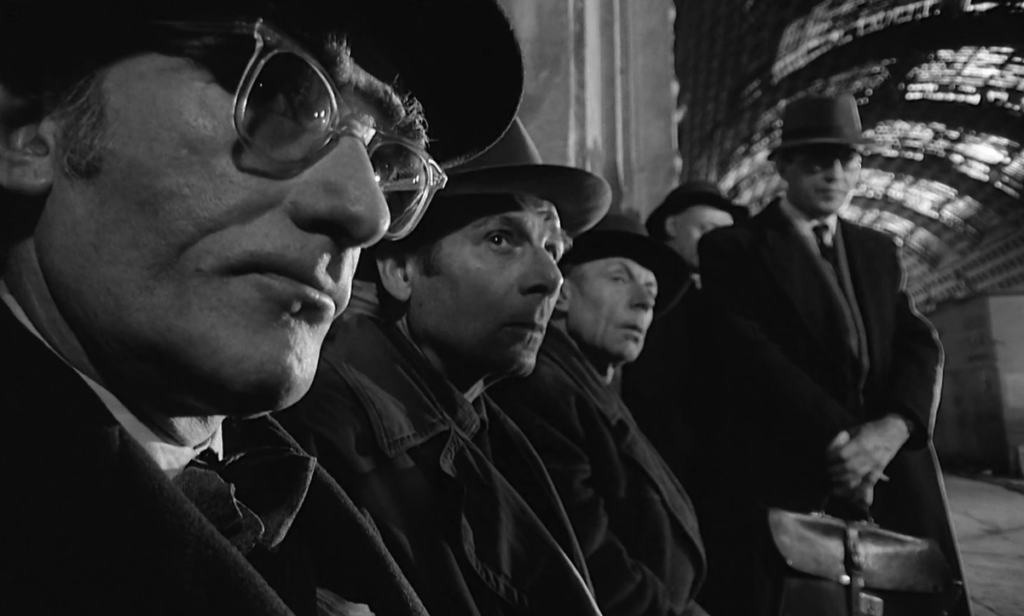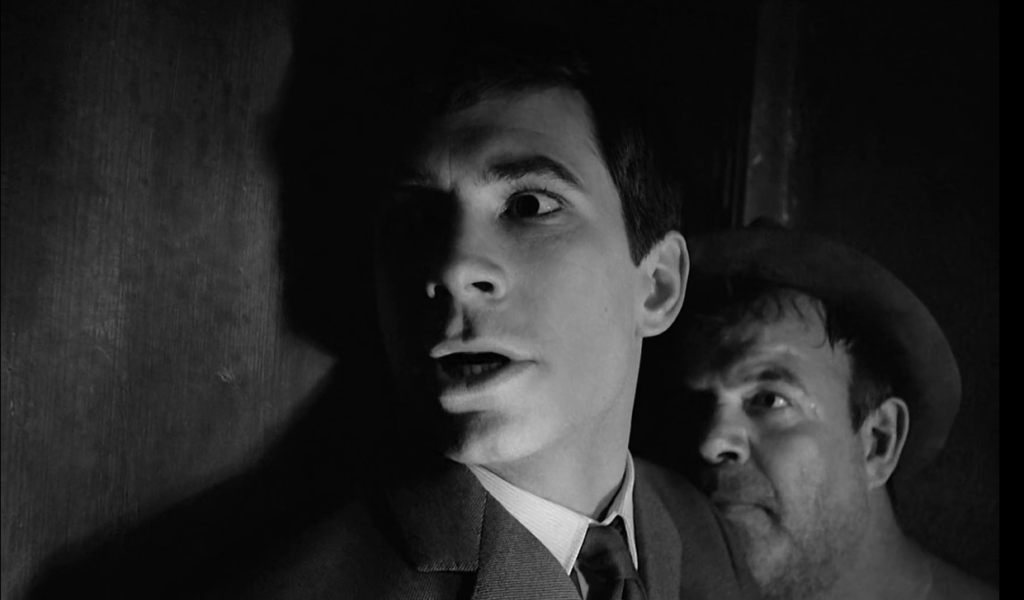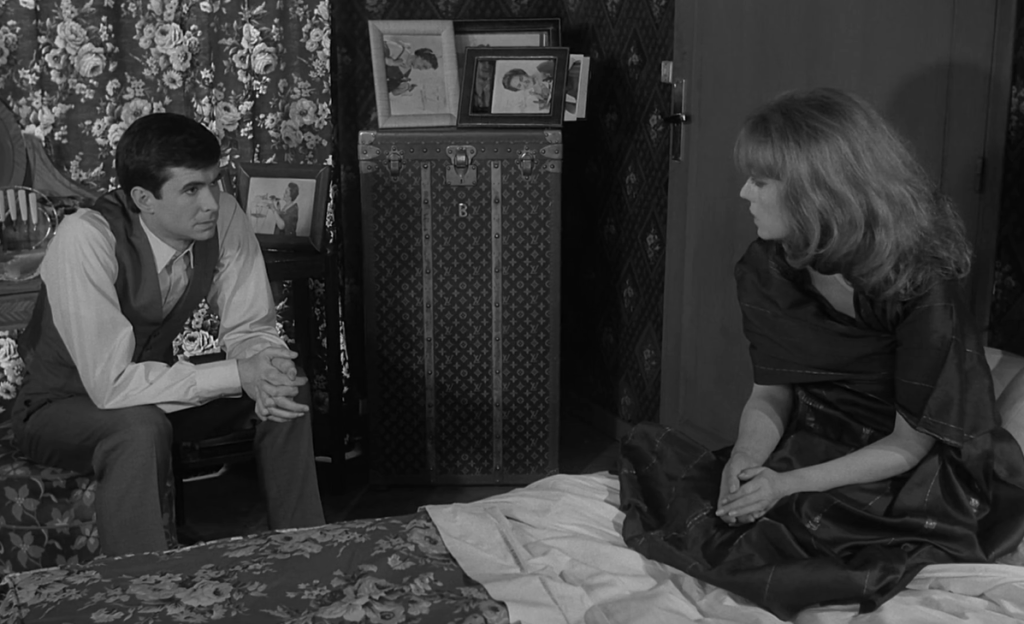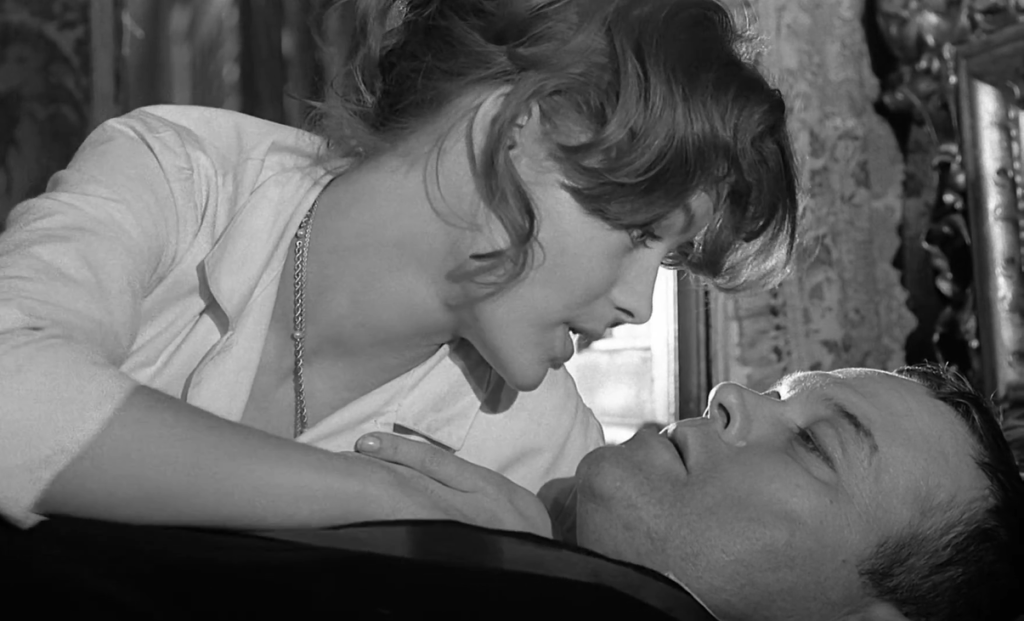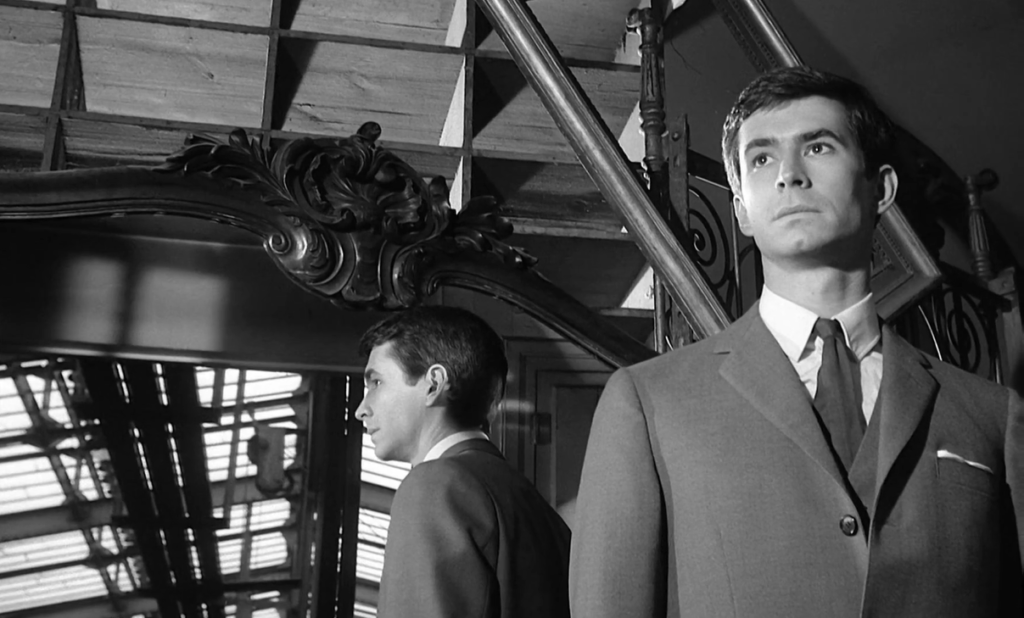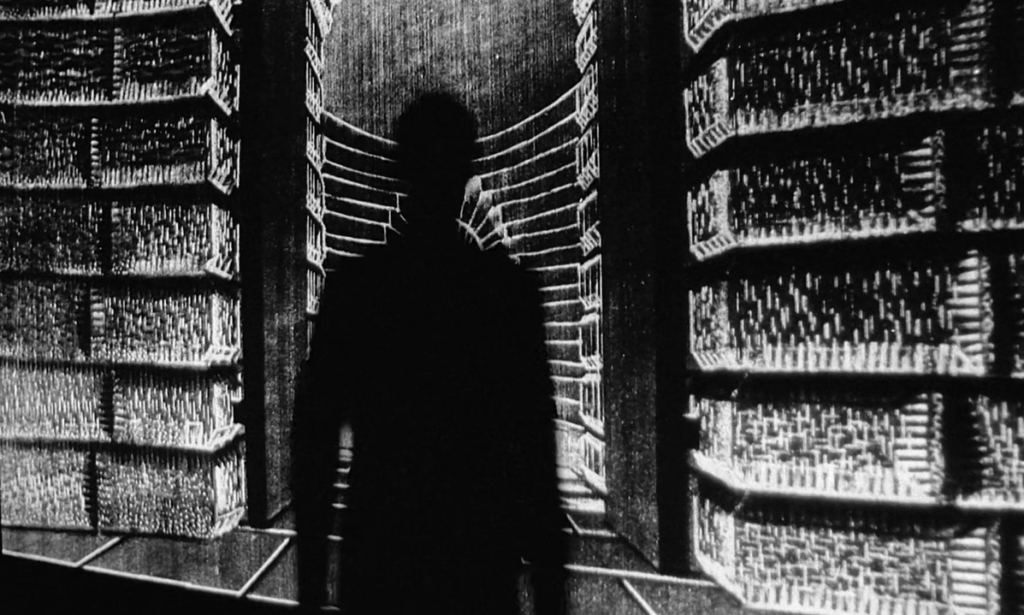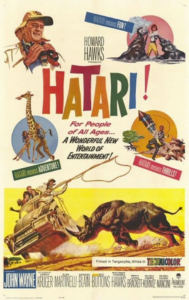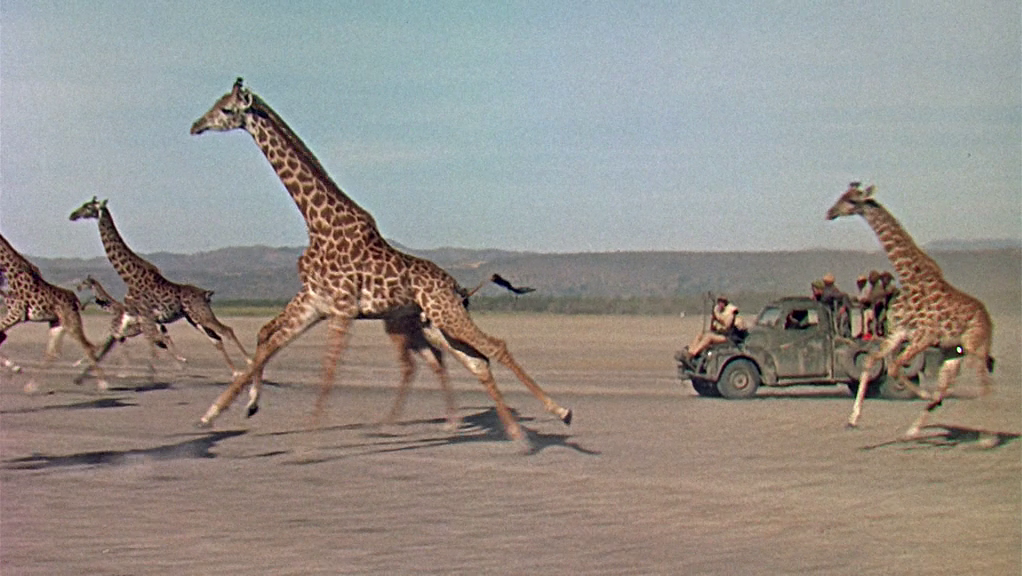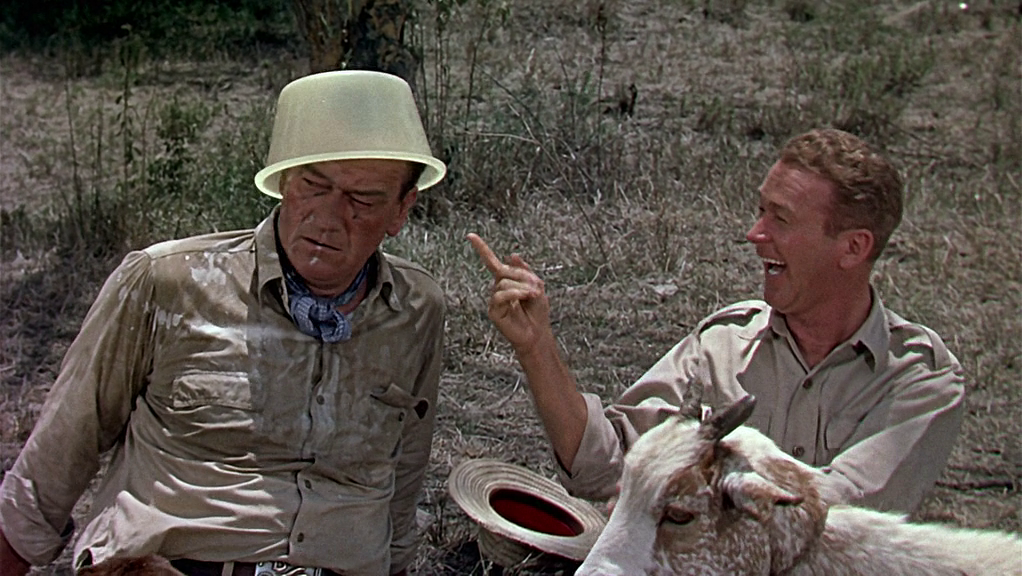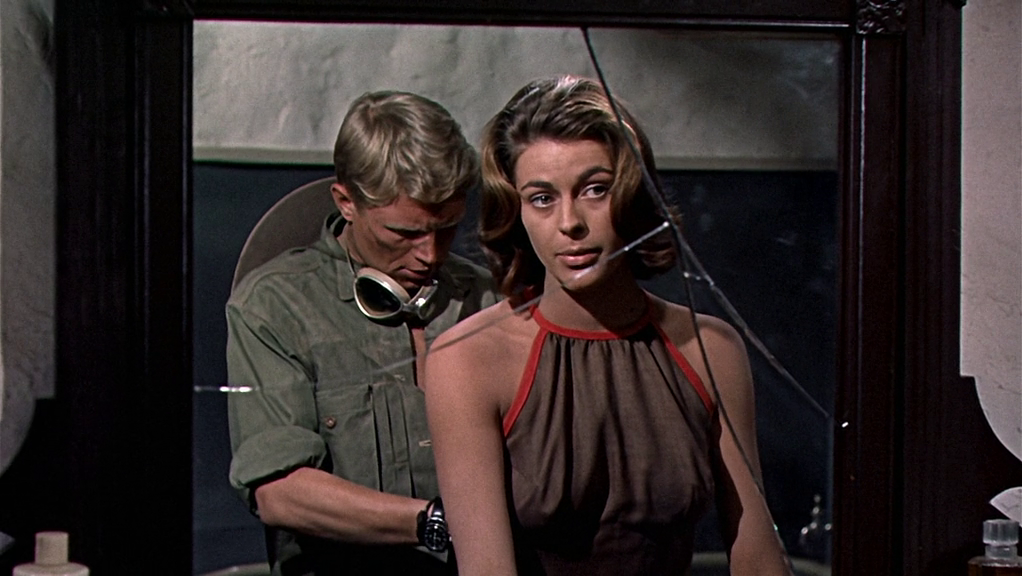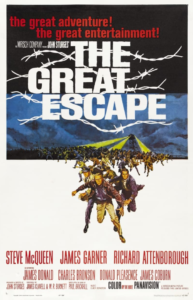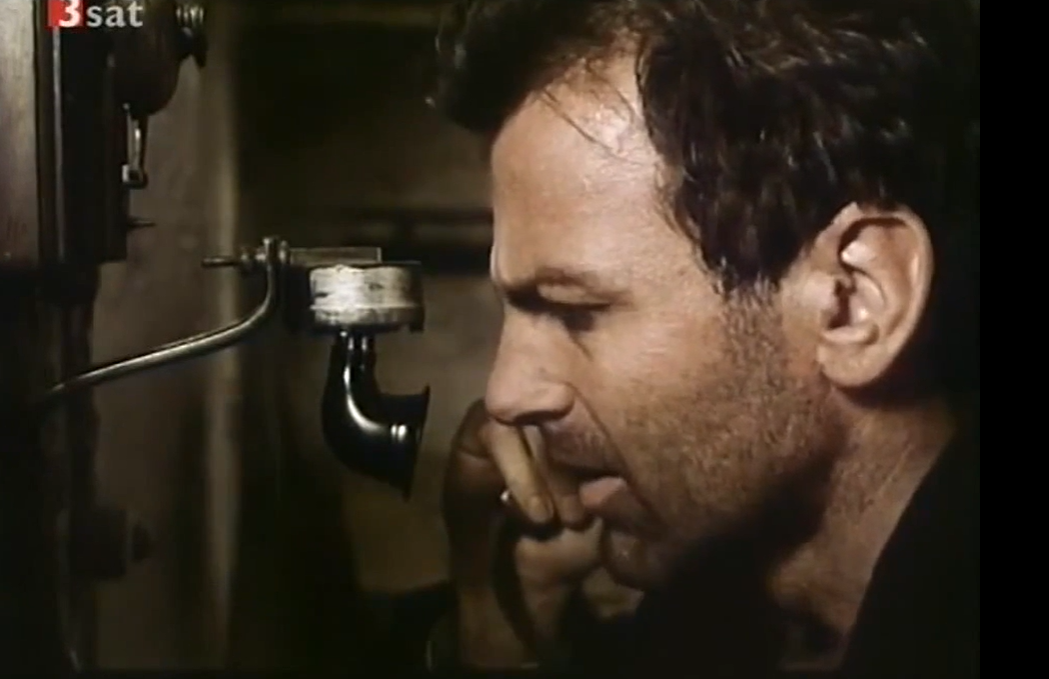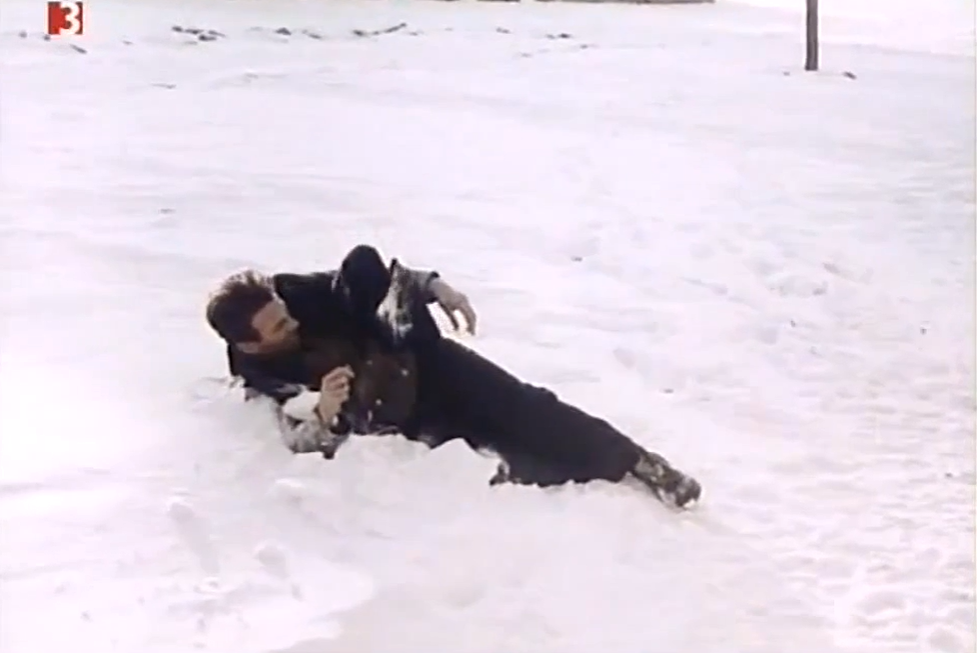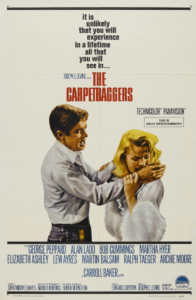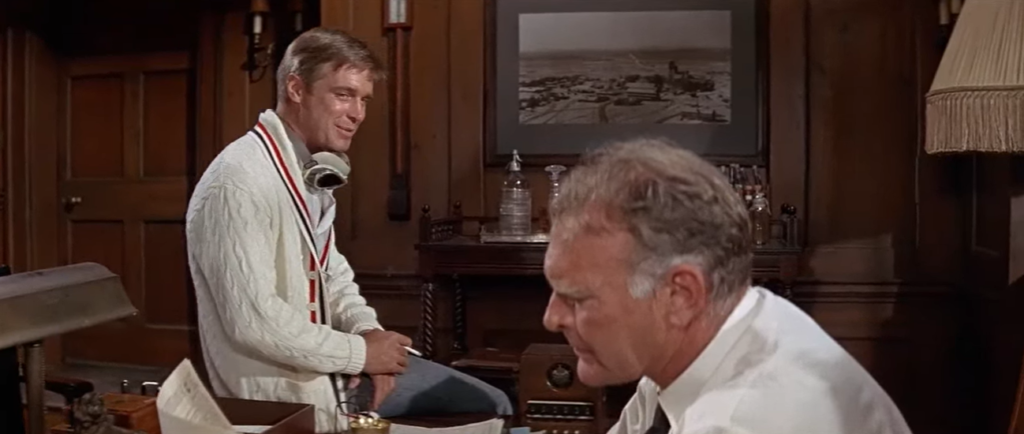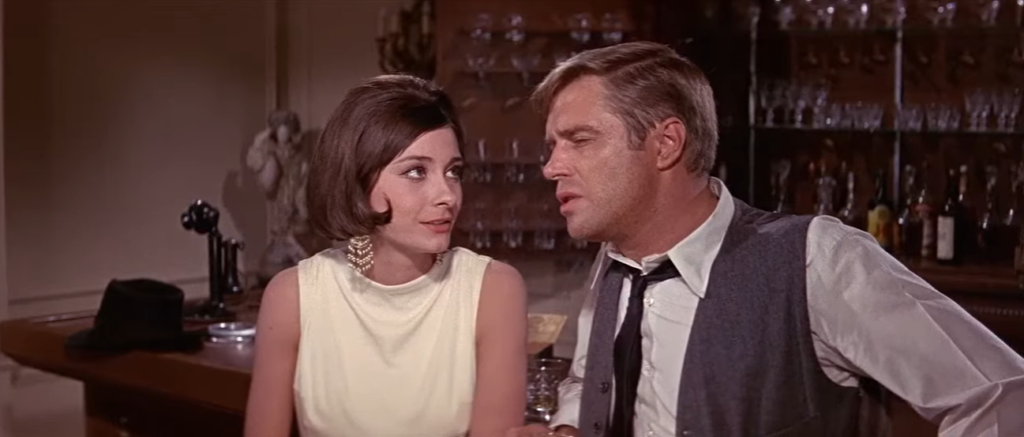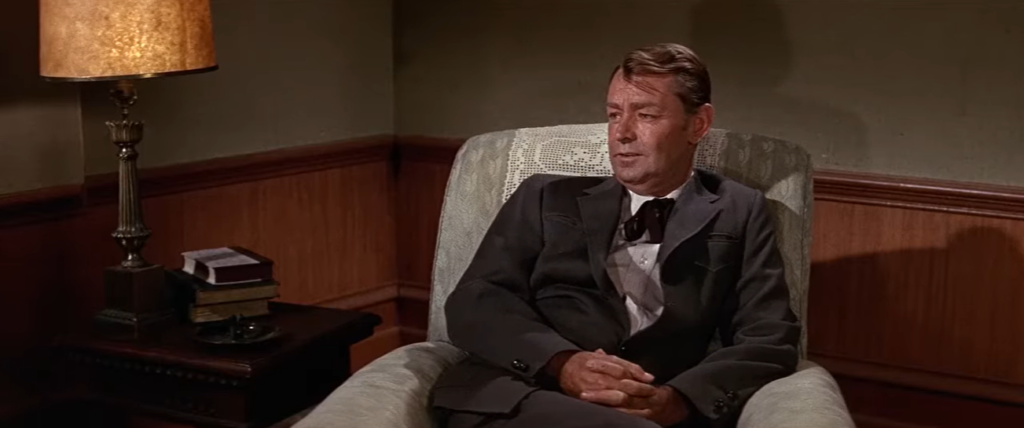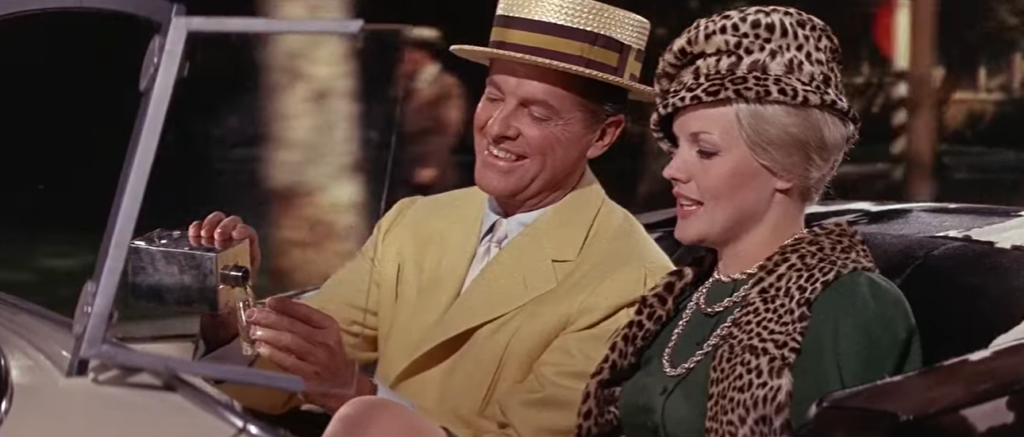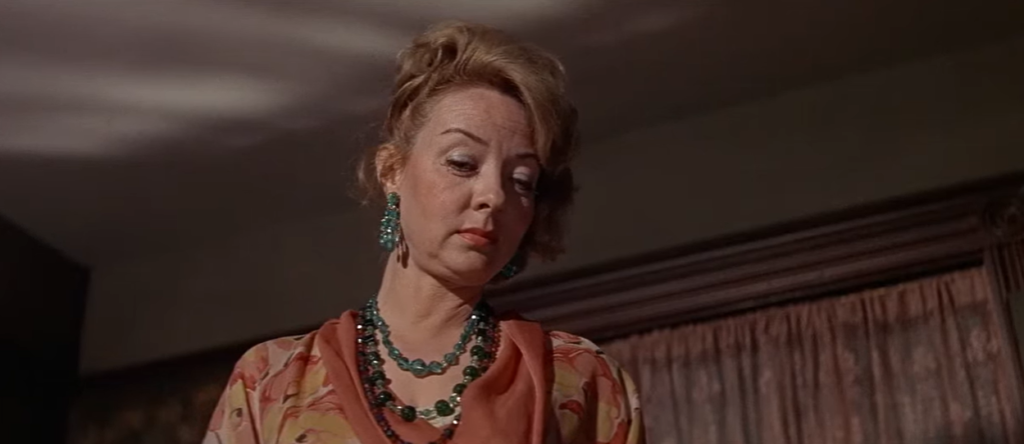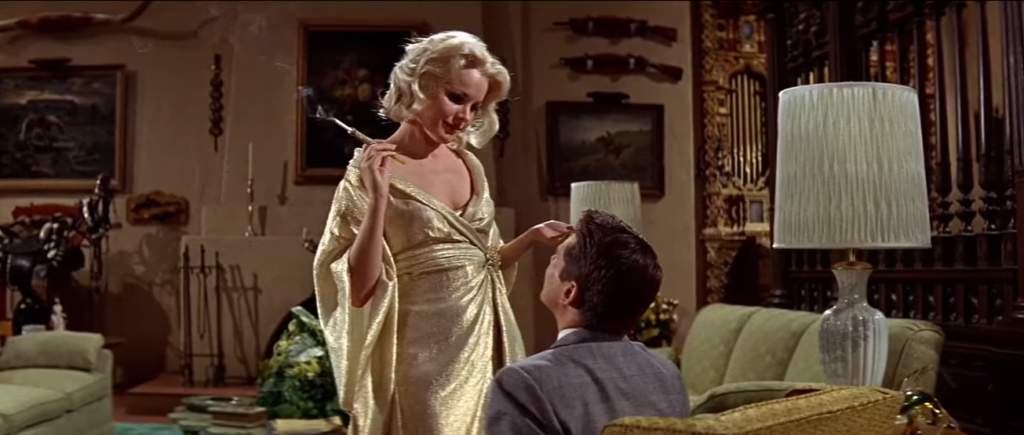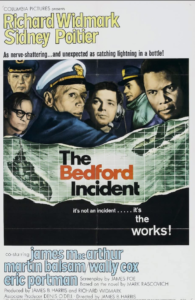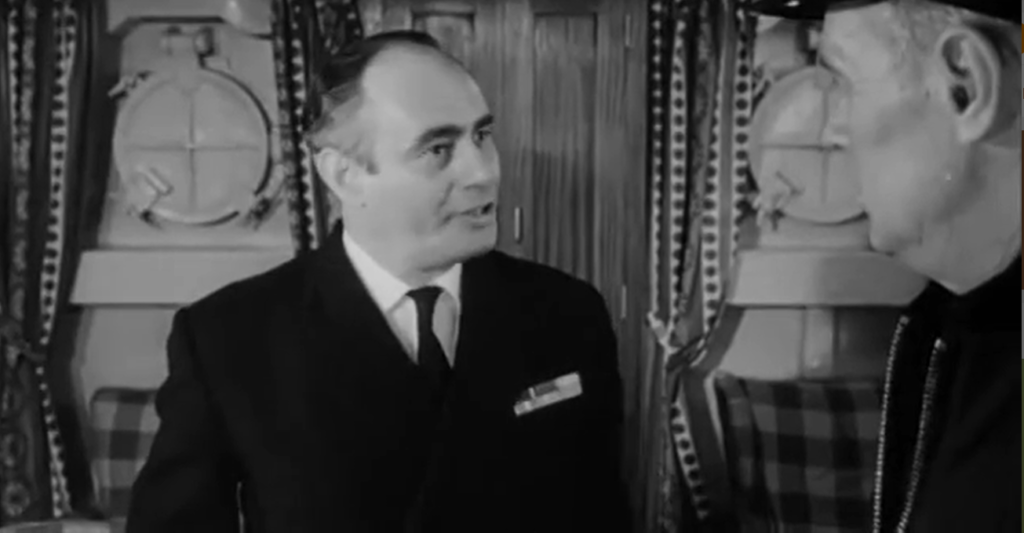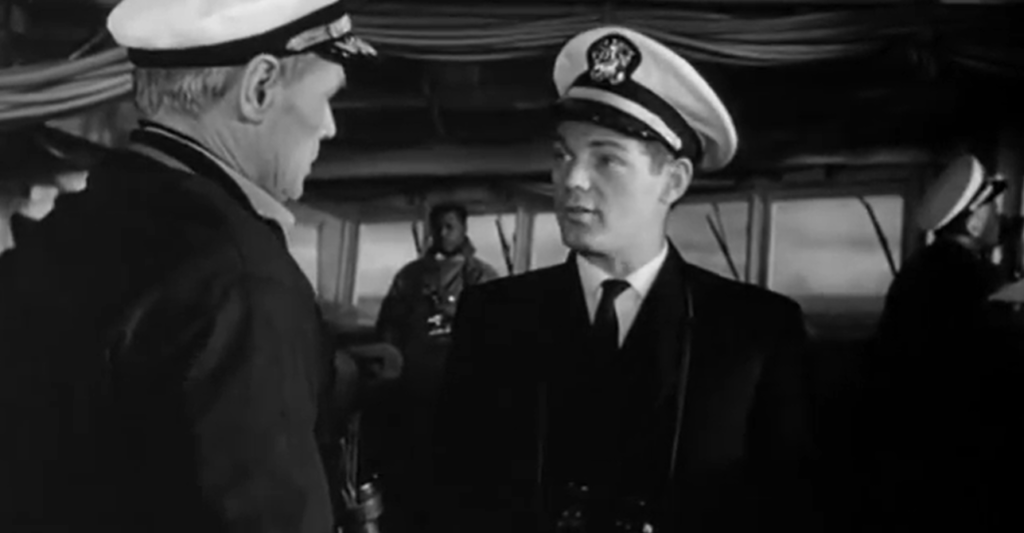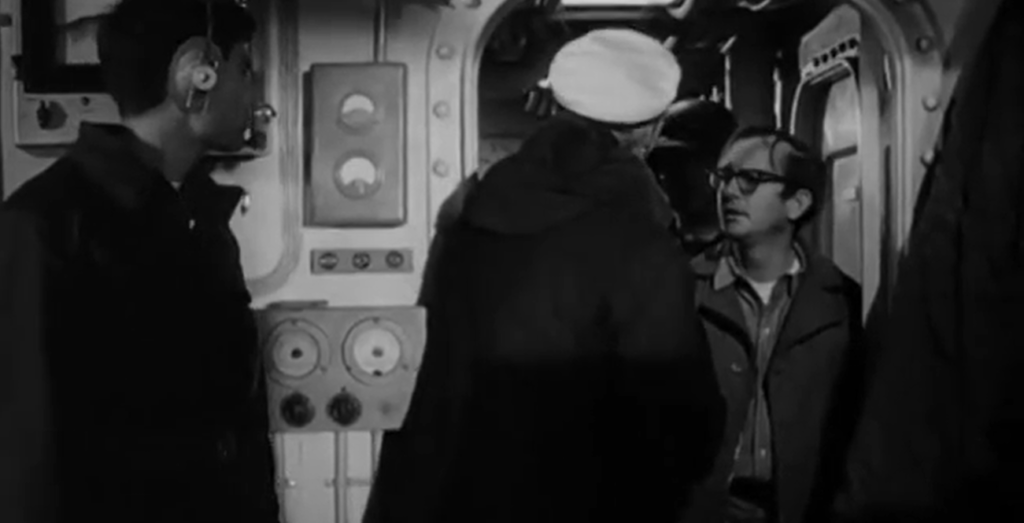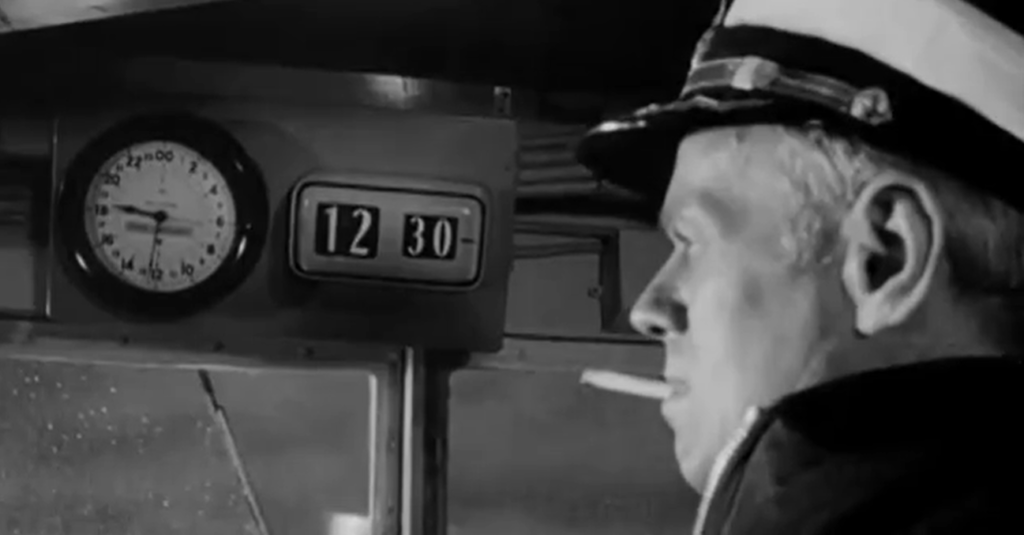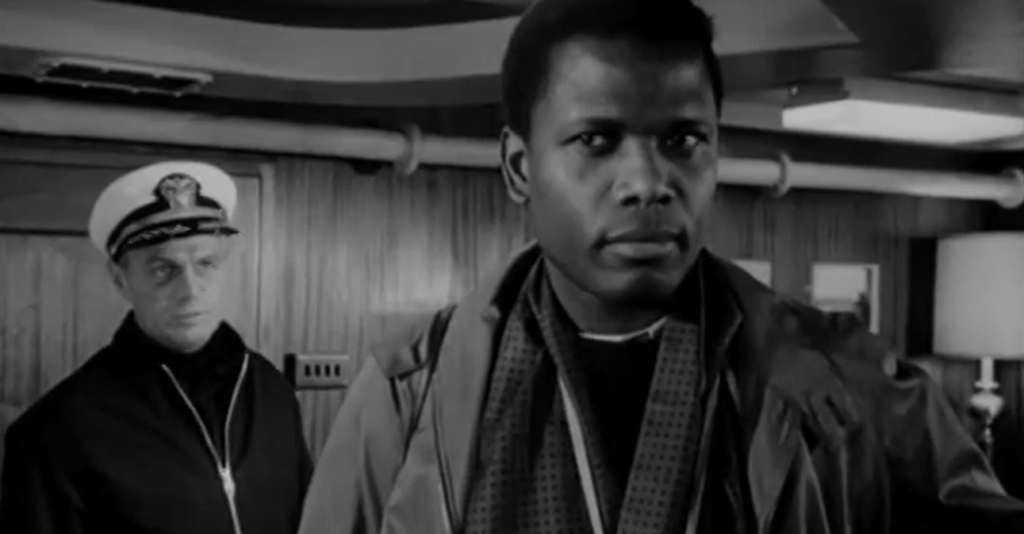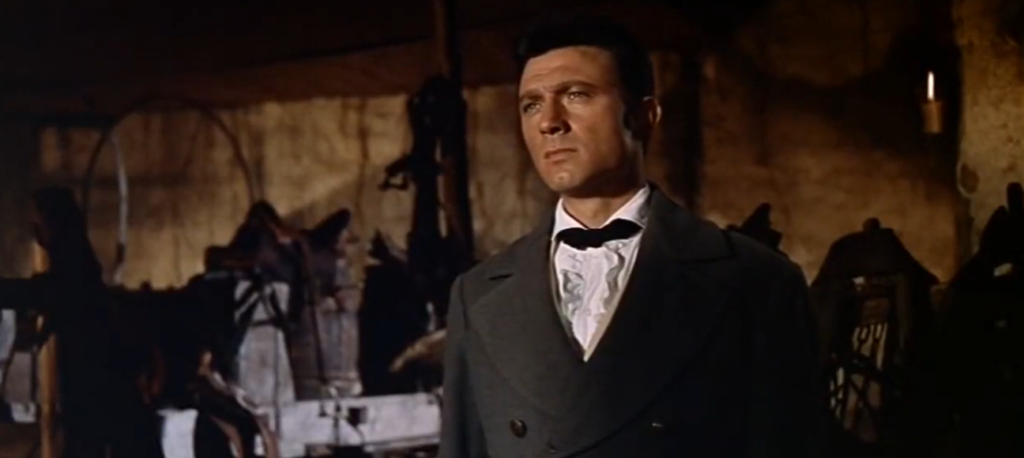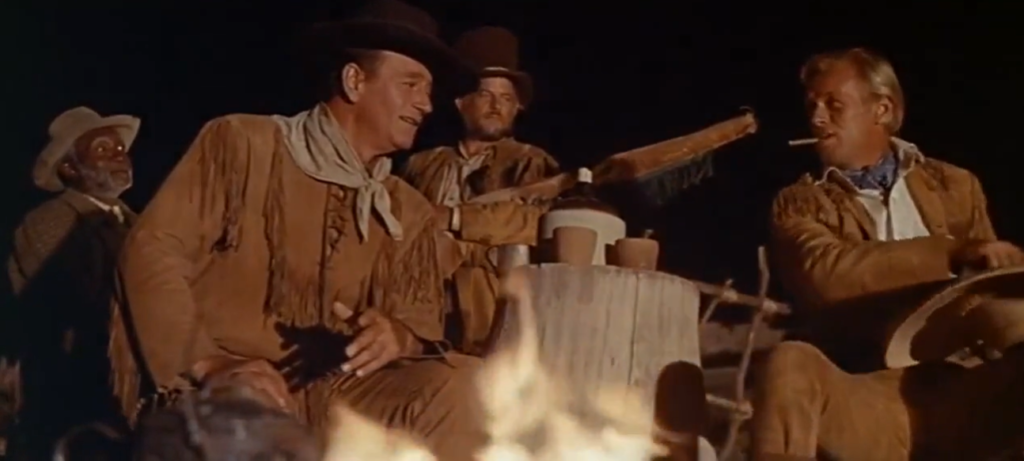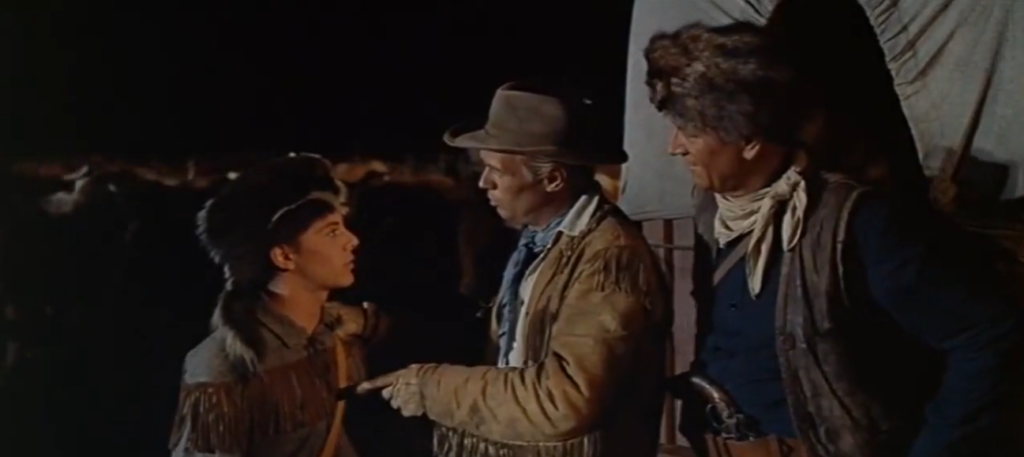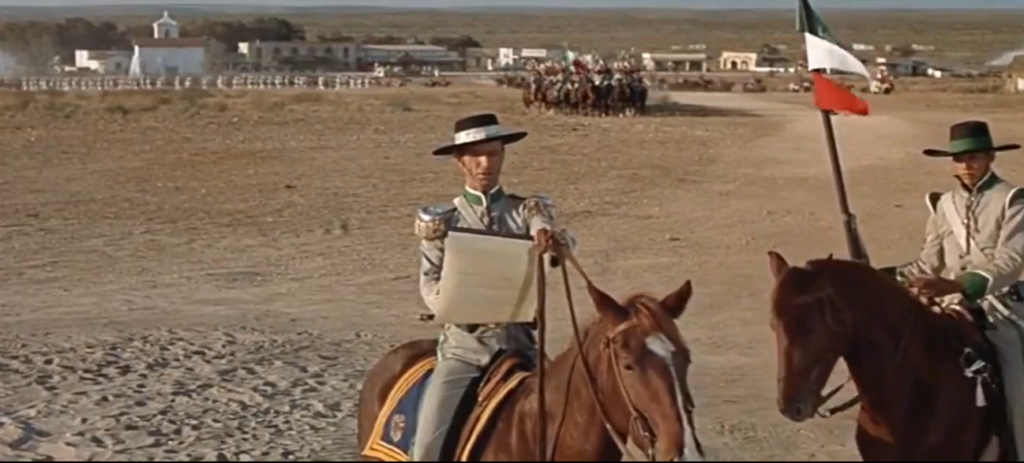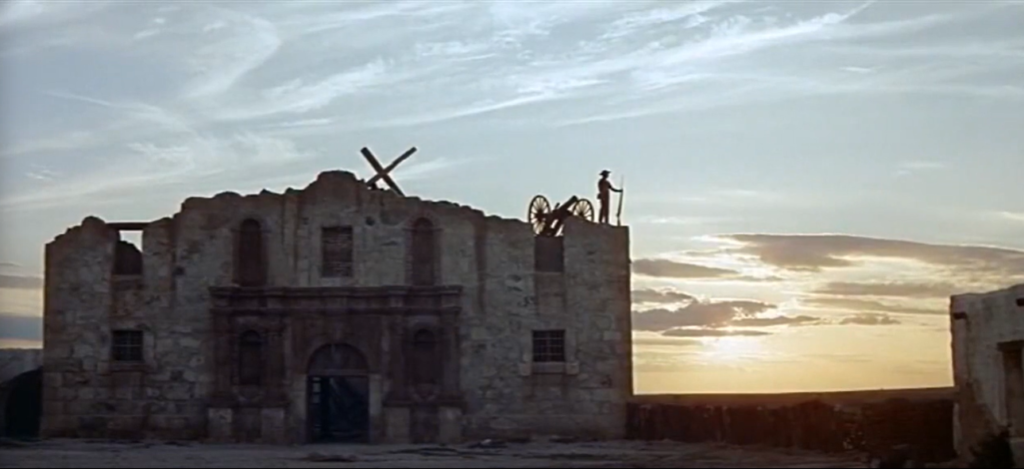|
Genres, Themes, Actors, and Directors:
- Charles Bronson Films
- Donald Pleasence Films
- Escape
- James Coburn Films
- James Garner Films
- John Sturges Films
- Prisoners of War
- Richard Attenborough Films
- Steve McQueen Films
- World War II
Review:
John Sturges directed this epic (nearly 3-hour) historical adventure film based on the exploits of a team of Commonwealth POWs who attempted a mass escape from Germany’s Stalag Luft III in 1944. The storyline — co-constructed by six writers — is almost unbearably tense at times, with no illusions that these men will escape unharmed; in fact, we know from history that 50 escapees were murdered after being caught. Thankfully, some did survive — and this is fiction, after all — so we are able to watch events unfolding with curiosity, admiration, and trepidation all at once.
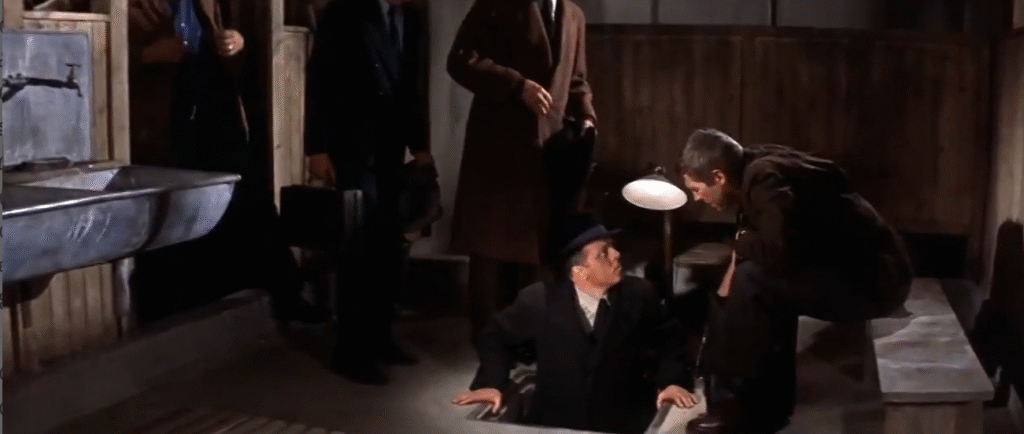
We get to know each of the main characters in part through their given nicknames (which are based on their skill set or proclivities). Attenborough is known as the “Big X” and is the clear leader of all operations; he’s deadly serious at all times, and rightfully so.
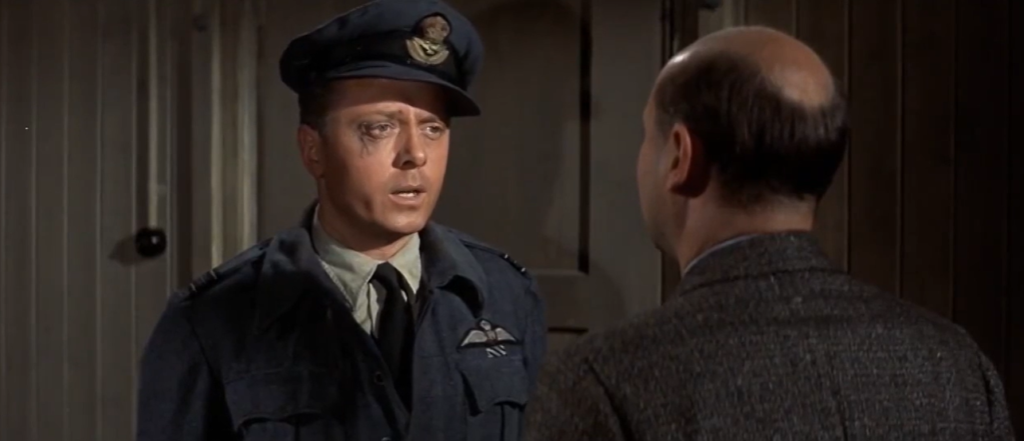
Steve McQueen is referred to as “the Cooler King” because he — along with his companion, Angus Lennie’s neurotic “The Mole” — is prone to escaping as often as possible, and being put into the “cooler”.
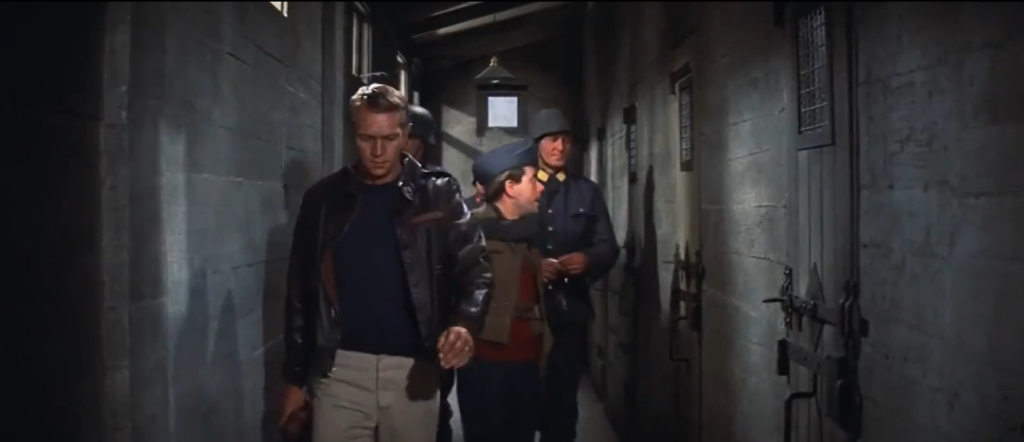
James Garner is “The Scrounger” given his ability to scrounge up whatever’s needed — including papers from an unsuspecting guard (Robert Graf’s “The Ferret”) who is drawn to his offer of Red Cross-supplied chocolate).
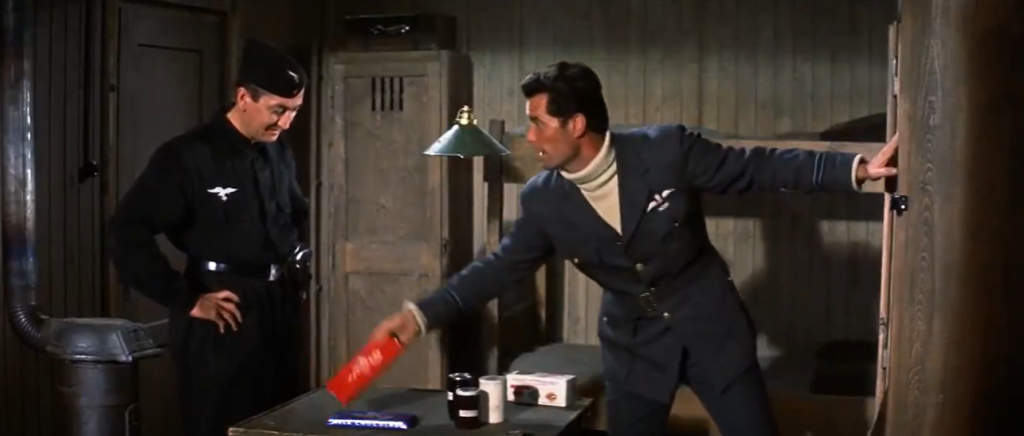
James Coburn is “The Manufacturer” (shown here holding an air pump he designed):
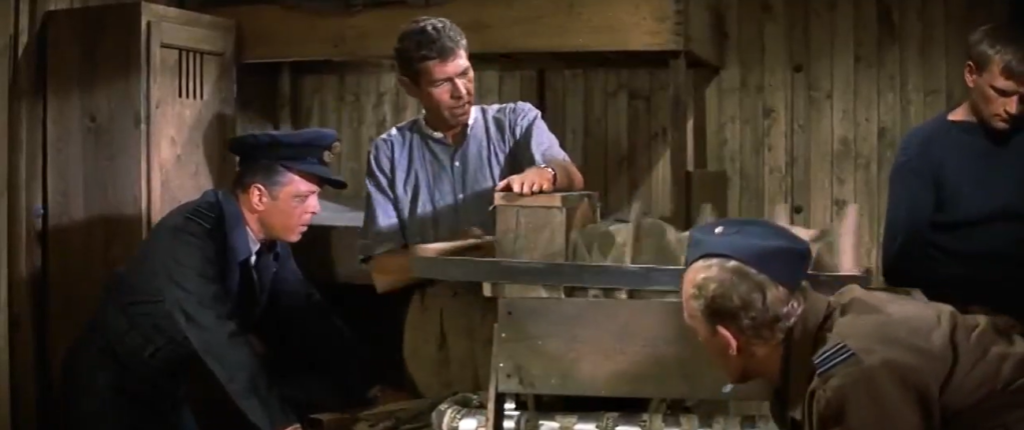
… while Gordon Jackson is “Intelligence” (here he’s mulling over what to do with all the dirt being tunnelled out):
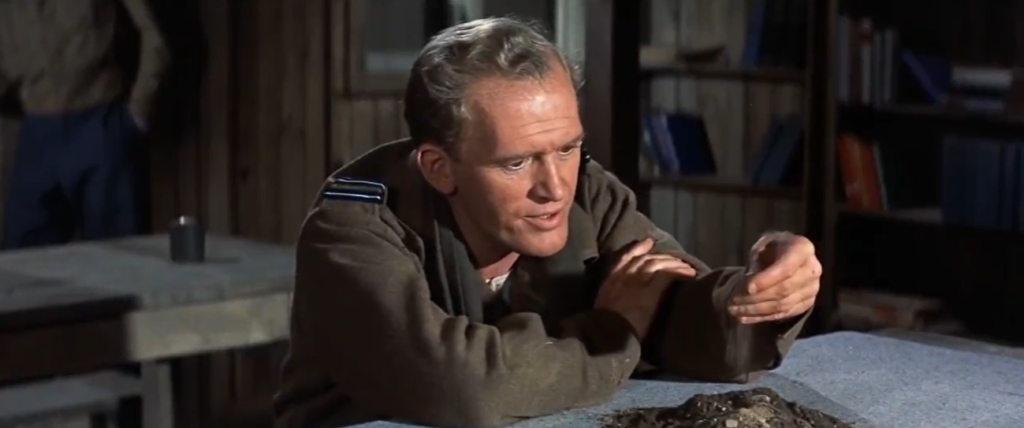
… and David McCallum becomes known as “The Disperser” when he comes up with an ingenious way to disperse of the dirt.
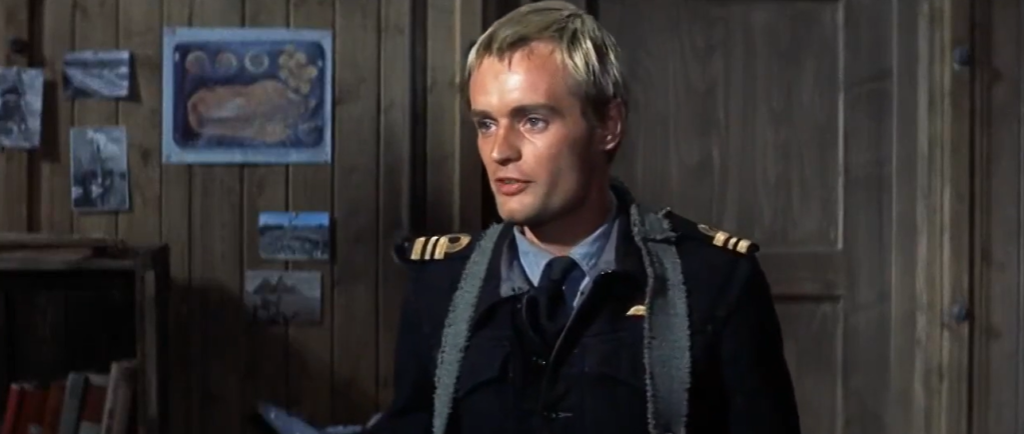
Donald Pleasence is touching as “The Forger”, who eventually deals with additional hardships on top of imprisonment:
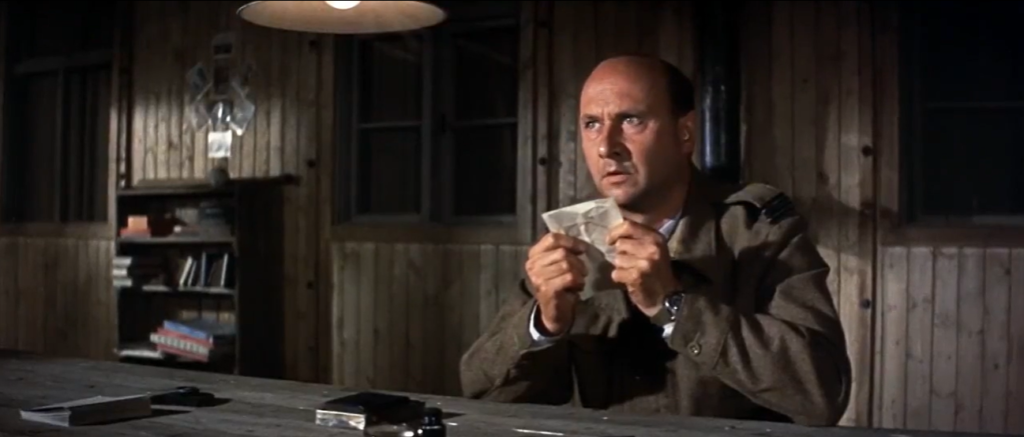
… while Charles Bronson has a significant role as the ironically claustrophobic “Tunnel King”:

… whose loyal companion (John Leyton) is also given this appelation. Other highlights of the film include Elmer Bernstein’s instantly recognizable score, good use of location shooting in Germany, and fine attention paid to historical details (including, for instance, how the men repurposed their uniforms to make civilian clothing and other disguises).
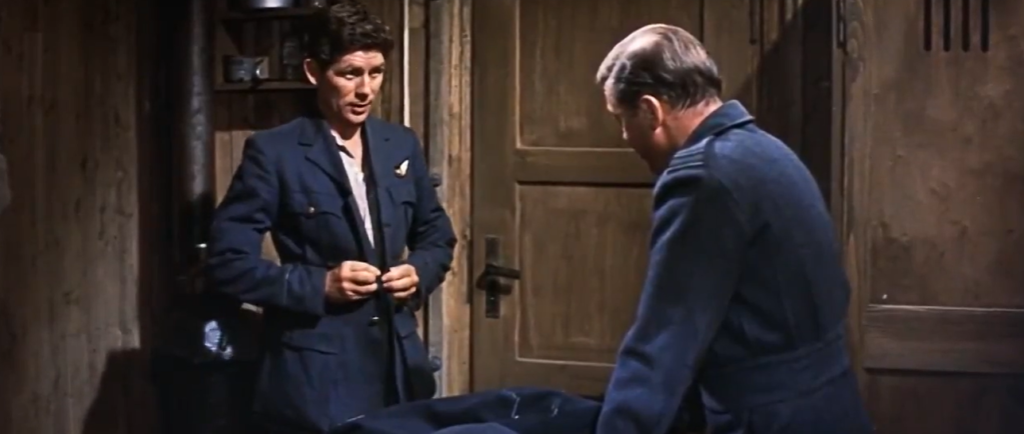
This action-packed adventure remains well worth a look, though be prepared for a big time investment. (DVD Savant points out that there probably should have been an intermission at some point, but there isn’t.)
Note: In real life, American POWs only helped with construction of the tunnel rather than escaping, but several big-name actors were included as key characters in order to appeal to American audiences.
Notable Performances, Qualities, and Moments:
- Fine performances by the ensemble cast
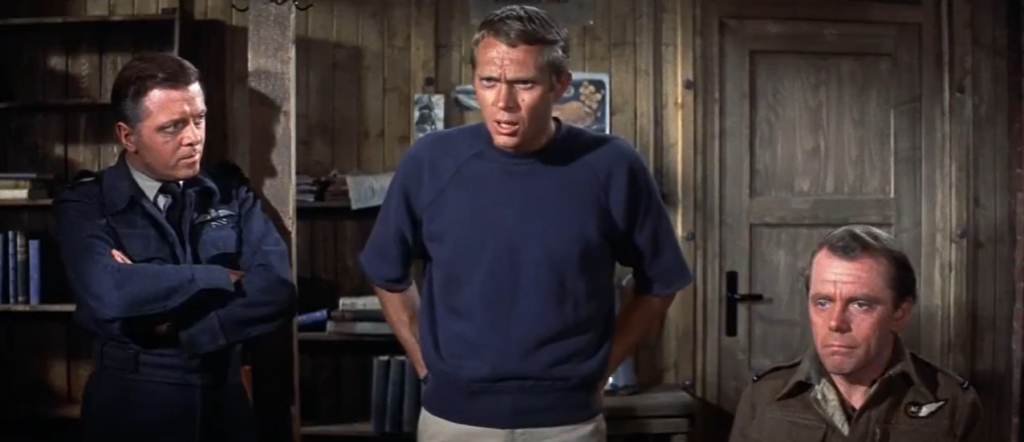
- Good use of location shooting
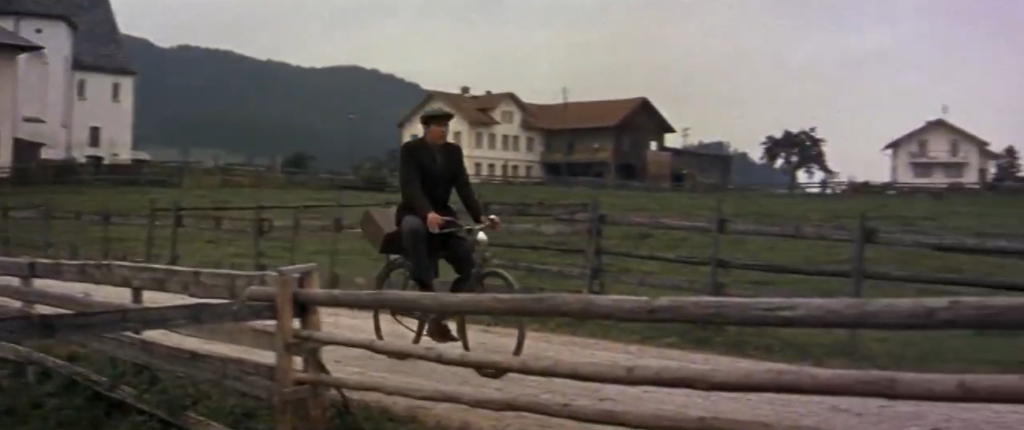
- Daniel Fapp’s cinematography
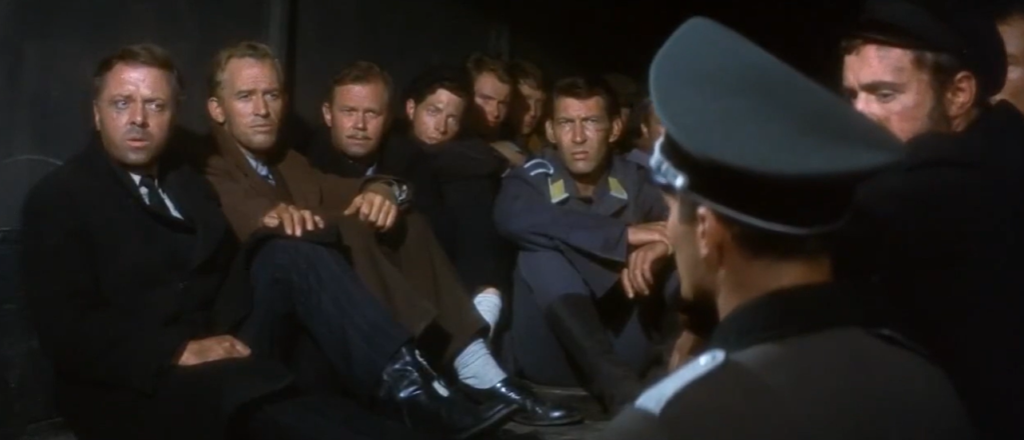
- Authentic sets and costumes

- Elmer Bernstein’s score
Must See?
Yes, as a still-enjoyable classic. Listed as a film with Historical Importance and a Personal Recommendation in the back of Peary’s book.
Categories
- Genuine Classic
- Good Show
(Listed in 1001 Movies You Must See Before You Die)
Links:
|
